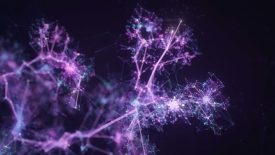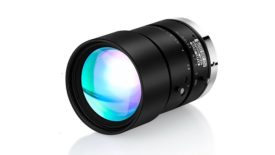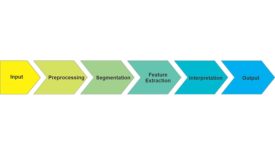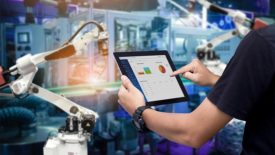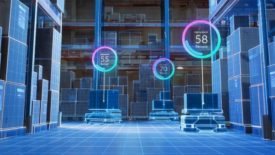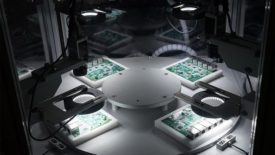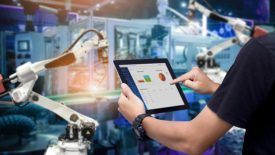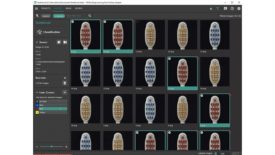Home » Keywords: » deep learning (DL)
Items Tagged with 'deep learning (DL)'
ARTICLES
Vision & Sensors | Machine Learning
While machine learning is a subset of AI, deep learning should be viewed as a subset of machine learning.
Read More
Vision & Sensors | Image Analysis
Image Analysis in Machine Vision
Neural net machine vision image analysis has made rapid advances in recent years.
February 1, 2024
Vision & Sensors | Trends
What Drives the Trends in Machine Vision
Machine vision continues to grow somewhat faster than the GDP.
December 1, 2023
Vision & Sensors | Machine Vision 101
Image Processing for Machine Vision – How Did We Get Here?
Machine Learning (ML) has been part of machine vision image processing almost from the beginning.
May 4, 2023
Vision & Sensors | Deep Learning
Can Deep Learning Improve My Manufacturing Process?
By applying DL with a Data-Centric Approach, Users Can Streamline Even the Most Challenging Manufacturing Steps with Fast, Accurate Automated Inspection.
May 2, 2023
Vision & Sensors | Optics
Core Concepts of Machine Vision Lighting
Proper lighting design is essential to assure a successful machine vision project. Ignoring this is one of the most common causes of machine vision project failures.
January 13, 2023
Vision & Sensors | Trends
Trends in the Machine Vision Market
Observations on the market and the technologies that could be the next to impact applications in automation.
January 4, 2023
Vision & Sensors | Trends
Machine Vision Developments Drive Automation Upward
As business needs grow and transform over time, suppliers continue pushing machine vision technology forward.
December 9, 2022
Vision & Sensors | Analysis
Understanding The Value Proposition For Deep Learning in Machine Vision
Deep learning software represents a powerful tool in the machine vision toolbox, but one must first understand how the technology works and where it adds value.
September 1, 2022
Vision & Sensors | Vision
Developments in Vision Systems: Deep Learning, Rapid Development Environments And Factory Integration
The move to Industry 4.0 requires better connectivity to enable data trasnfer and sharing between all components within the factory structure.
May 1, 2022
Get our new eMagazine delivered to your inbox every month.
Stay in the know with Quality’s comprehensive coverage of the manufacturing and metrology industries.
SIGN UP TODAY!Copyright ©2024. All Rights Reserved BNP Media.
Design, CMS, Hosting & Web Development :: ePublishing
